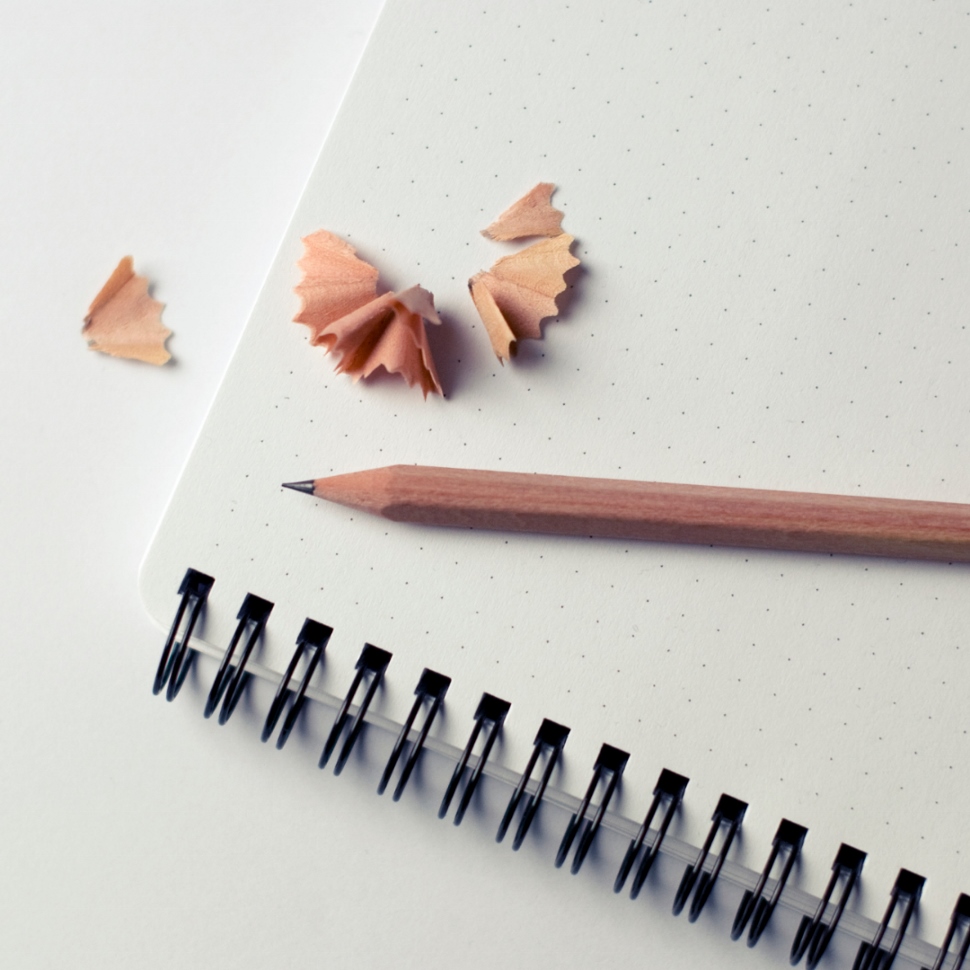
Anyone who has ever attended a keynote, lecture, or presentation of any kind knows how important it is to take good notes. How many times have you been at a presentation for work and afterward wished you had written down that key idea that you somehow can’t remember?
A while back, in my corporate days, I was experiencing this far too often. So I went back to my college days and pulled out a note-taking method I used to use, one of the most popular note-taking methods of all time, the “Cornell Note-taking System.” It’s named after a Cornell University educator who invented the system in the 1940s. Here’s how it works, as explained on the Cornell System official website.
Say you’re at a conference for work and you’re about to take notes on a sheet of paper. Imagine drawing a horizontal line across the bottom of the piece of paper, leaving a section about two inches tall below that line. Now imagine drawing a vertical line that runs from the horizontal line to the top of the page, in a way that divides the paper into two columns, one roughly two inches wide to the left, one six inches wide to the right.
So now the piece of paper is divided into three sections. The one on the bottom is the “summary” section, the column to the left is the “cue” column, and the column to the right is the “note-taking” column.
The note-taking column is where you jot your standard notes. The cue column is where you crisply summarize the key points from your notes in your own words (using keywords and looking for relationships between ideas). It’s also here that you develop and write down your own “test questions,” as if you were the person teaching the material and wanted to test the audience on it later.
Questions might include: Why do these facts matter? What principle are they based on? How can I apply them? How do they fit in with what I already know? In this way, you’re creating your own quiz you can take later on as you review the materials.
In the summary row at the bottom, you summarize the overall key takeaways from that page of notes.
Here’s why the Cornell Note-taking System works so well
Overall, it’s an efficient and well-organized way to record information and an effective way to absorb it.
More specifically, summarizing notes in your own words and crafting questions in the cue column help you think more deeply about the material and retain it, including via the “self-tests” you can give yourself later. All of this requires you to concentrate while taking notes to better understand what’s being said (so you can write the summations and test questions).
The summary section at the bottom is another way of reviewing, and writing the summary aids you in thinking critically about the subject matter. As you write the summary for each page of notes, ask yourself how you’d explain the content to someone who hasn’t learned it before.
Bonus: Changes I make to the system that I find useful
In the cue column, also record emotions you felt during that part of the talk. Were you inspired, reflective, stunned, amused? Maya Angelou once said, “People won’t remember what you said, but they’ll always remember how you made them feel.” Why not have it both ways?
Remember what the speaker said with this note-taking system but also remember the emotions you felt at certain moments and jot them down. When you’re reviewing later on, recalling the emotions will help you remember the material and will draw you to that part of the material again because you want to relive that sensation.
The second modification is to include commitments that you’ll make in the summary section at the bottom (i.e., actions you’ll take). Doing this helps you hold yourself accountable to doing something with the content you took notes on, thus actually changing your behavior.
The first time I used this modified system was during a keynote I attended. I was blown away at how much better I remembered the material, how much more I wanted to review it, and how much more I incorporated the learning into my actual work. Coaching students I’ve shared this with tell me the same.
So take note–now you’ve got a note-taking system to call your own.




Leave a Reply